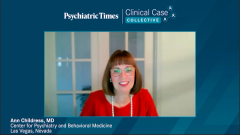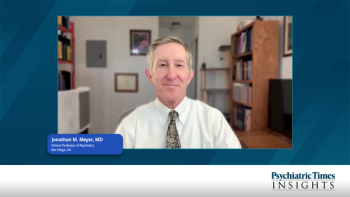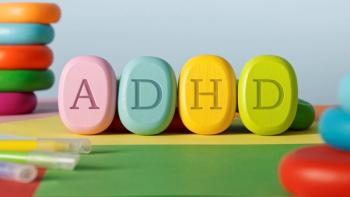
Overview of Attention Deficit/Hyperactivity Disorder
A panelist discusses how attention deficit/hyperactivity disorder (ADHD) as a common neurodevelopmental disorder characterized by inattention and hyperactive-impulsive behavior, affecting approximately 10.5% of children in the US aged 3 to 17 years with higher prevalence in adolescents and boys, highlighting its various symptoms, potential causes including genetic factors, and mentioning upcoming discussions about treatment options and transitioning care from pediatric to adult settings.
Episodes in this series

Video content above is prompted by the following:
ADHD in Pediatric Populations
ADHD Overview
- ADHD is characterized by a pattern of inattention and hyperactive, impulsive behavior that interferes with functioning and development
Epidemiology
- Affects approximately 10.5% of US children aged 3 to 17 years
- Prevalence increases with age and is highest in adolescents 12 to 17 years (15.5%)
- Gender disparity: 13.3% of boys vs 7.5% of girls
Clinical Presentation
- Inattention symptoms: frequent distraction, forgetfulness, disorganization, inability to follow instructions or complete tasks
- Hyperactivity/impulsivity symptoms: constantly “on the go,” impatience, disruptive behavior, excessive talking, potentially dangerous activities (example given of 4-year-old child climbing onto roof)
Etiology
- Strong genetic component (described as “heritable as height”)
- Associated risk factors:
- Idiopathic epilepsy
- Visual and hearing impairment
- Prematurity
- Prenatal exposure to smoking
- Very low birth weight
- Traumatic brain injury
- Reduced behavioral inhibition
Upcoming Content
- Treatment options for pediatric ADHD
- Best practices for transitioning ADHD management from pediatric to adult care
- Emerging therapies for ADHD
Newsletter
Receive trusted psychiatric news, expert analysis, and clinical insights — subscribe today to support your practice and your patients.















